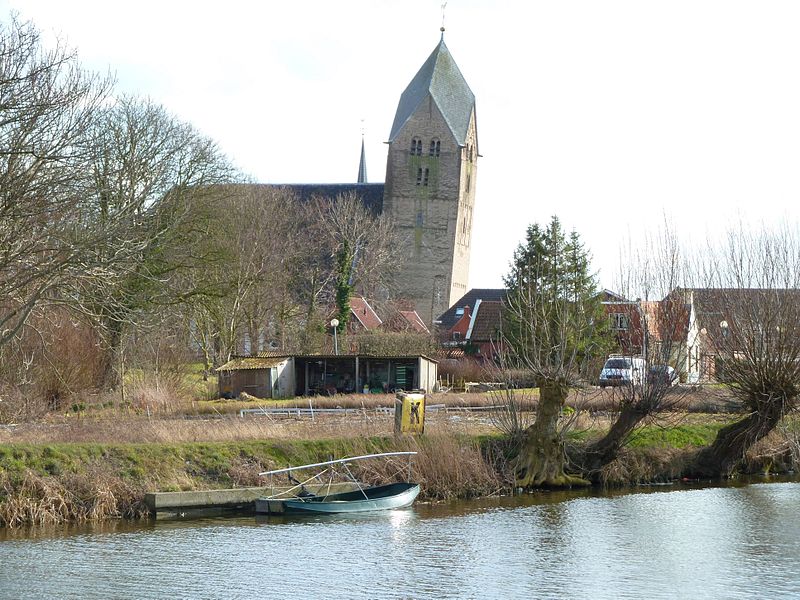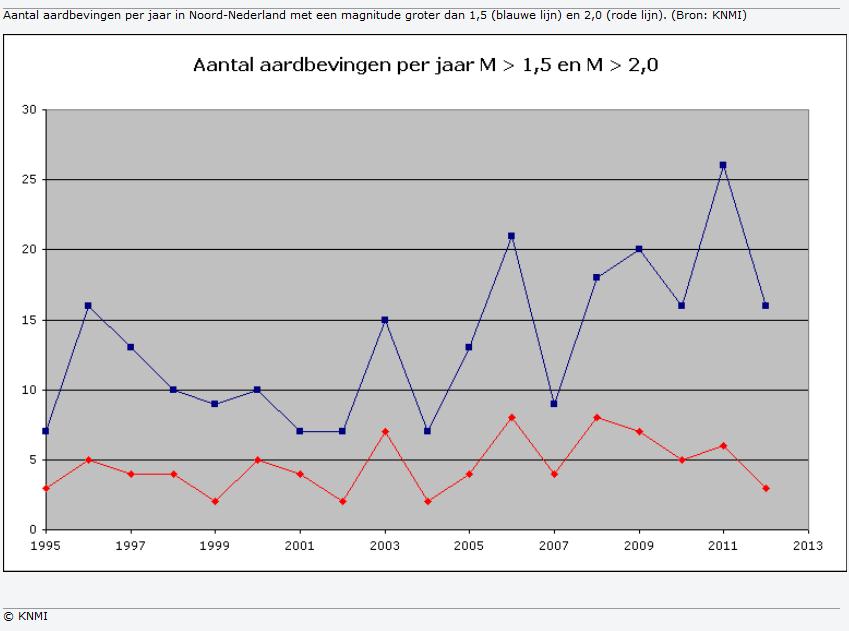Crooked asset management
22 February 2013 • Ype Wijnia and John de Croon
asset management strategie, risk management, policy development
This column is about leaned assets. Or better: about imbalances in asset management.
If we think of leaning assets, we all have a picture in mind. Think of a tower. Chances are your thoughts were at the Tower of Pisa. But closer to home in the Netherlands we also have leaning towers. In Leeuwarden, we have the (never completed) church called Oldehove. Delft has the Old Church and in Bedum (in the province of Groningen) is the Walfriduskerk[1]. According to Wikipedia the latter church is almost as skewed as the Tower of Pisa. For the record: the tower was already leaning before the gas extraction in Groningen started. It has nothing to do with the recent earthquakes in the area. Yet there is something crooked in the north of Groningen in the field of asset management.
Let us go back to the press reports. In early February, a number of earthquakes were observed in the area, of which the strongest had a magnitude of 3.2 on the Richter scale. The earthquakes caused damage to houses. These were mostly cracks in the walls, subsidence and such. This in itself is nothing new. Since the natural gas extraction began in the region the soil slightly lowered, and that will happen in fits and starts. It's 100% sure that the sags and associated earthquakes are caused by the gas extractions. The Dutch petroleum company (NAM), which is responsible for the extraction of the gas, has therefore a fund available to compensate the damage or repair the houses. It is a system that works for years, and you would say that it is business as usual when the earth shakes a little again (source picture: wikipedia commons).
Nevertheless, there was still controversy in the past month. According to data from KNMI, the number of earthquakes increased as shown in the graph.

Not so nice, you might say. But it is equally important to look at the magnitude of the earthquakes. The earthquakes which increase in numbers have a magnitude of more than 1.5 (the blue line) but less than 2 (the red line). That's normally not noticeable, but accidentally because of the shallow location of the earthquakes in Groningen it is. Even the slightly heavier earthquakes (so far the heaviest was 3.6) are no worse than a heavy truck which drives by. To put things more into perspective: worldwide there are thousands of daily earthquakes of the level observed in Groningen[2].
The real problem therefore is not in the earthquake itself, but in the skewed distribution of income and expenses. Gas extraction in Groningen provides the Dutch government a lot of money, from the late '50s more than 150 billion euros[3]. Per year this currently is about 4 billion[4]. This is much more than the costs of damage. Reasoning from the welfare theory can the damage be compensated after which money remains and thus provides the extraction of natural gas a net increase in welfare. The crooked is that this wealth does not end up in Groningen, which traditionally is not such a rich area, but in the western part of the Netherlands called ‘Randstad’ where it is spent on valuable projects as a high-speed train from Amsterdam to Brussels (which does not work) instead of a high-speed train is constructed to Groningen (rejected as too expensive).
Moreover, it seems (it is at least the perception of the people who live there) that a very scant compensation is handled. Victims can hold the operator (NAM) liable. But there is more and more discontent observable in Groningen. The mayor of Loppersum states that usually only a few hundred euros are paid, which is too little for the damage (source: NOS website). According to the mayor, ‘villagers feel tiredness for reporting the damage’. So it is no wonder that the alarm is pulled.
The discussion which was held a short while to stop the extraction is ridiculous from a welfare perspective, since the benefits are much higher than the cost of the risk. But is a slightly more generous compensation to the keep local population as a friend asked too much? In the end to gain support for the extraction activities is just an asset that needs to be managed.
John de Croon and Ype Wijnia are partner at AssetResolutions BV, a company they co-founded. In turn, they give their vision on an aspect of asset management in a column. The columns are published on the website of AssetResolutions, http://www.assetresolutions.nl/en/column
<< back to overview
|


